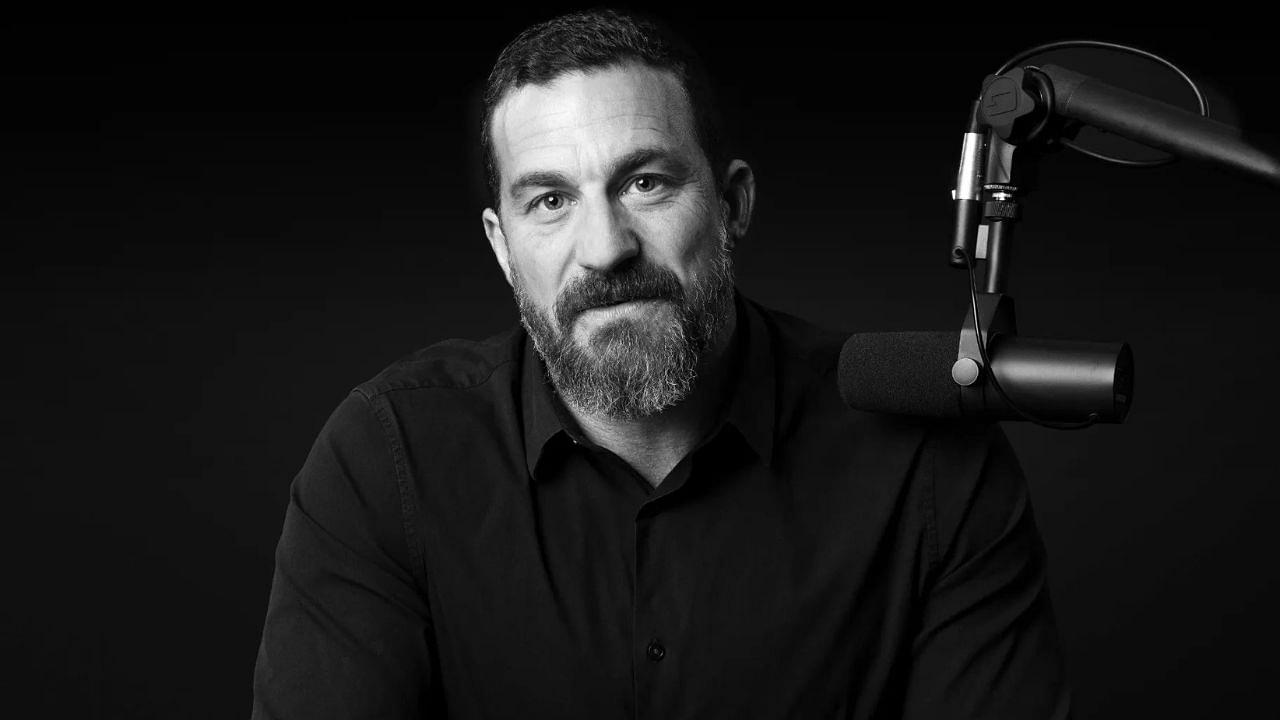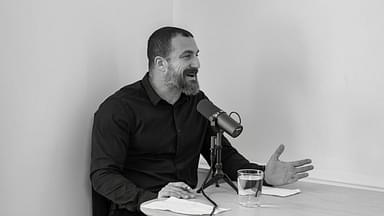Sleep has been one of the leading subjects that neuroscientist Dr. Andrew Huberman has talked about often. The activity’s effects on the brain have been a topic of interest for a long time. Having coined the term non-sleep deep rest, referring to the state of passiveness while actively avoiding sleep, Dr. Huberman has paved his path with ongoing research on the effects of naps and NSDR on the brain.
Speaking to fellow British neuroscientist Dr. Matthew Walker, Dr. Huberman was curious about how naps affected brain activity. Since many individuals across the globe preferred taking short bouts of sleep during the day, the question of an appropriate time window for naps also emerged. To this, the British scientist elaborated on an extensive study linked to NASA.
To begin with, Dr. Walker clarified that he doesn’t nap or prefer them since it affects his nighttime sleep routine. Despite this, he agreed on the benefits that come with short periods of sleep during the day. From positively affecting cardiovascular health and blood pressure to improving memory and emotional regulation, naps are useful tools for maintaining health.
Citing some studies that he and several colleagues conducted, Dr. Walker dived into experiments that many groups of people were subjected to. These researchers aimed to understand the optimum time and associated effects of short periods of sleep in people experiencing various stages of sleep. The results were astounding.
“Anywhere between 20 minutes to 90 minutes. Sometimes, we like to use a 90-minute window so that the participant can have a full cycle of sleep, and therefore, they get both non-REM and REM sleep within that time period.”
Out of the several parameters used to judge the participants of the study, Dr. Matthew mentioned some of them being the benefits, amount of deep sleep, light sleep, and so on. Something intriguing to note was how NASA took note of this long before scientists dedicatedly studied it.
“NASA pioneered this back in the 1990s. And during the missions, they were experimenting with naps for their astronauts… Naps of as little as 26 minutes improved mission performance by 34% and improved daytime alertness by 50%. And it birthed what was then called the NASA nap culture.”
Amidst all the subjects discussed in this segment, the main focus was on how naps govern brain functioning. Dr. Huberman’s NSDR is also one of the crucial tools to have in one’s arsenal. Keeping the brain in a state such that it affects the amount and release of dopamine is quite beneficial. It all boils down to cultivating good sleep habits.
Dr. Andrew Huberman reveals how NSDR increases dopamine
One of the forms of Non-Sleep Deep Rest is a 100-year-old practice called Yoga Nidra. Both techniques involve the subject actively trying not to sleep while following a script, helping them relax and unwind. However, upon further research, Dr. Huberman found the results of the practice put the brain in an unusual state.
Those who practiced NSDR in the form of Yoga Nidra observed an increase in dopamine production by 60%. This made the neuroscientist strongly positive about the effects of the practice on the brain. It was one of the few tools that improved cognitive functioning without the use of external additives. Sleep as a subject holds a lot of potential for learning, and therefore, Dr. Huberman is always intrigued by it.





